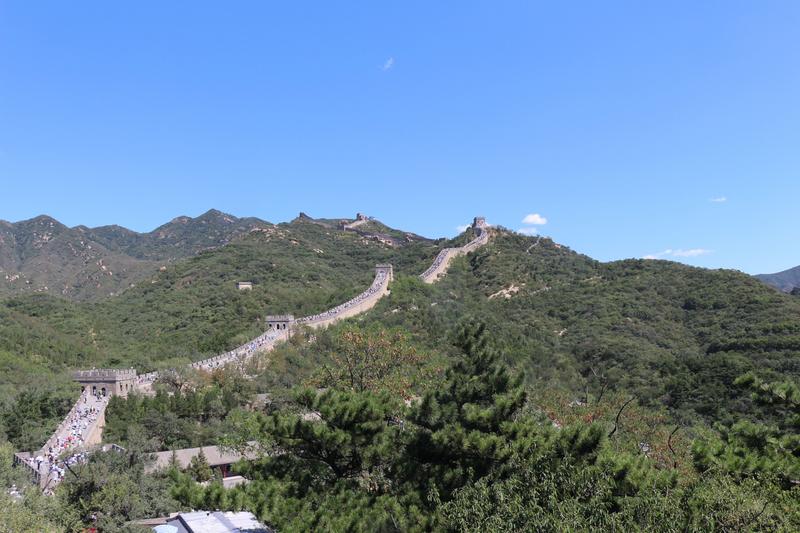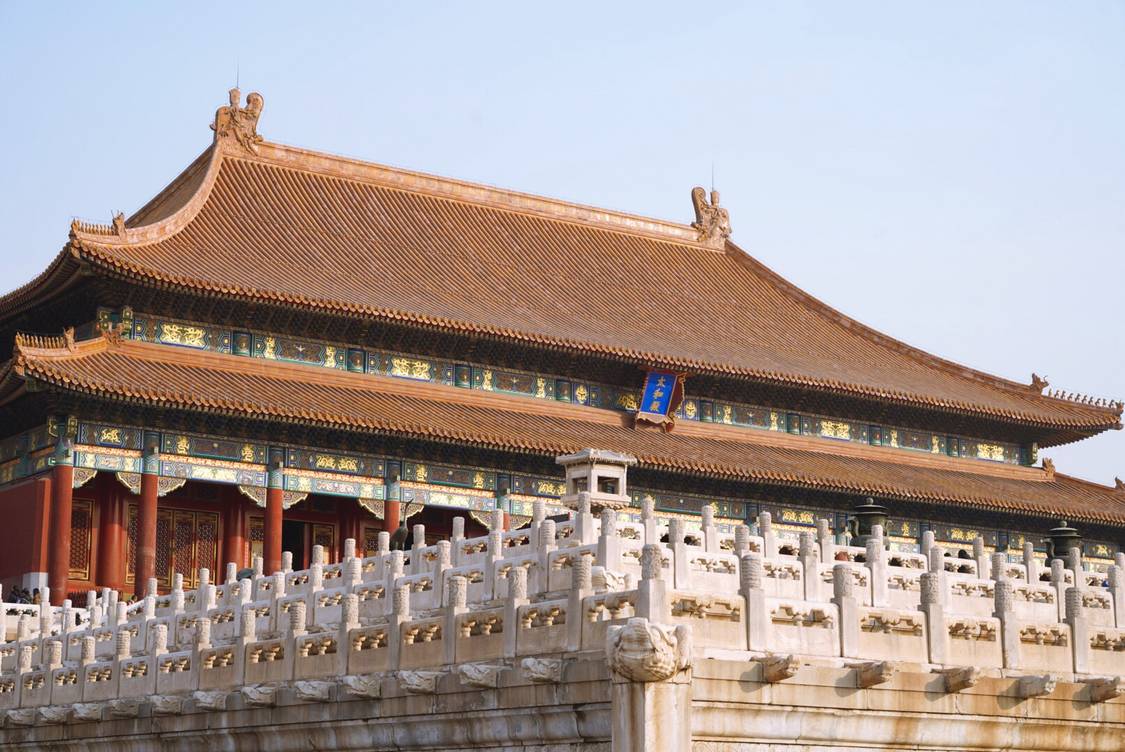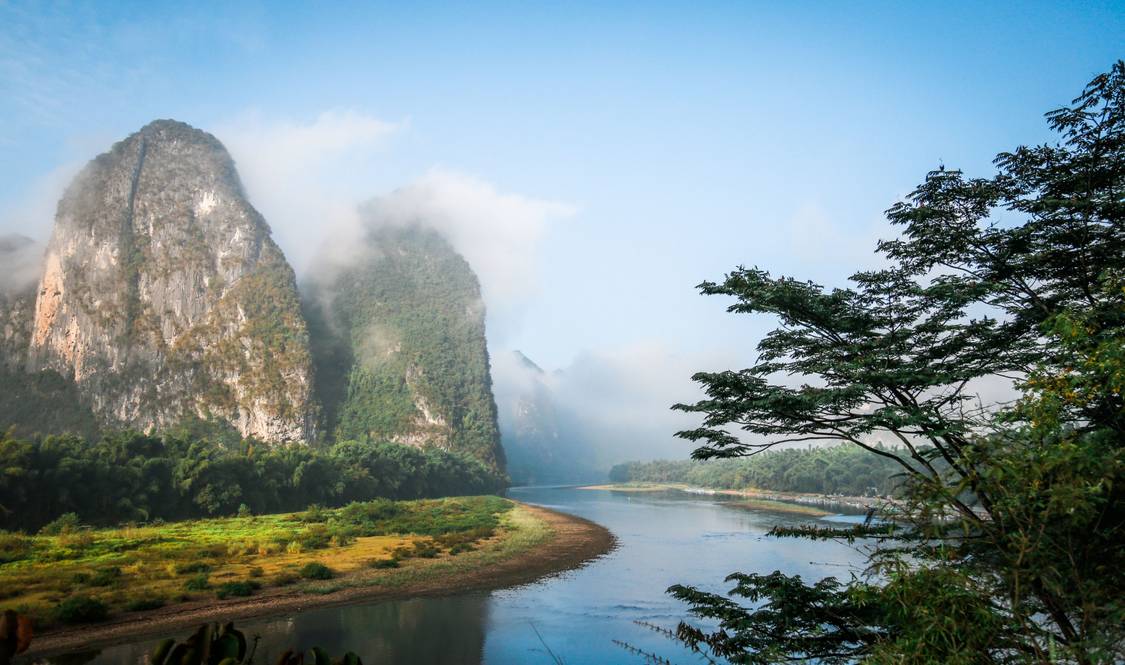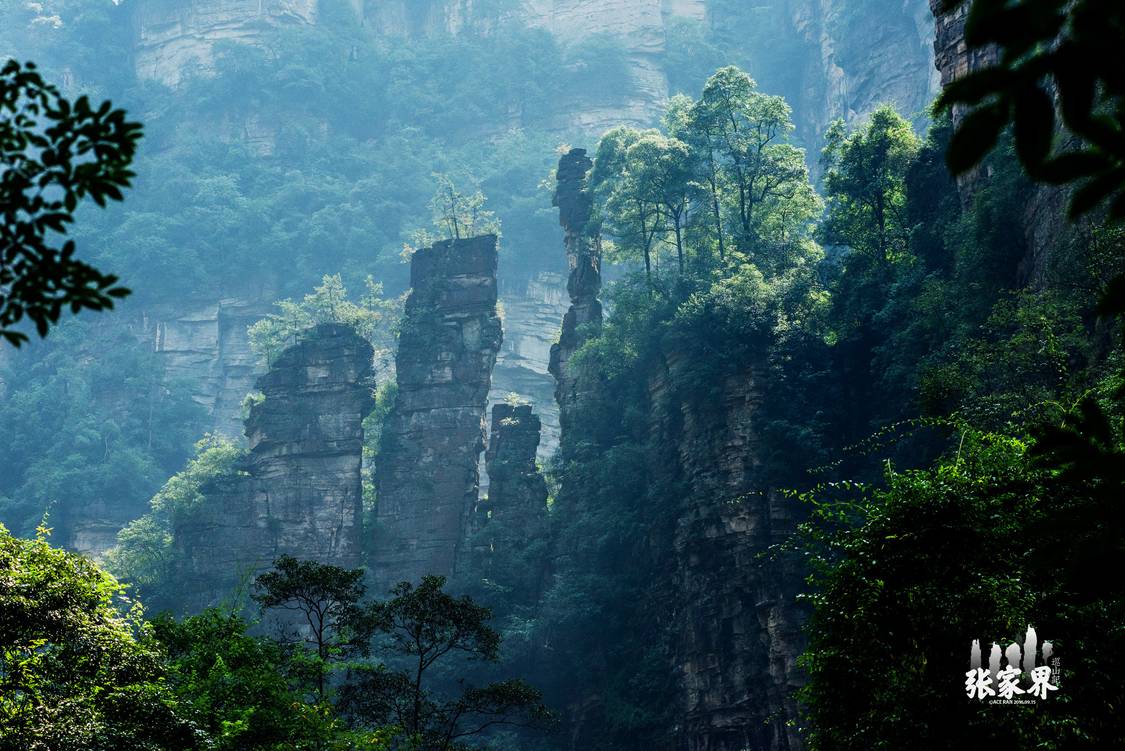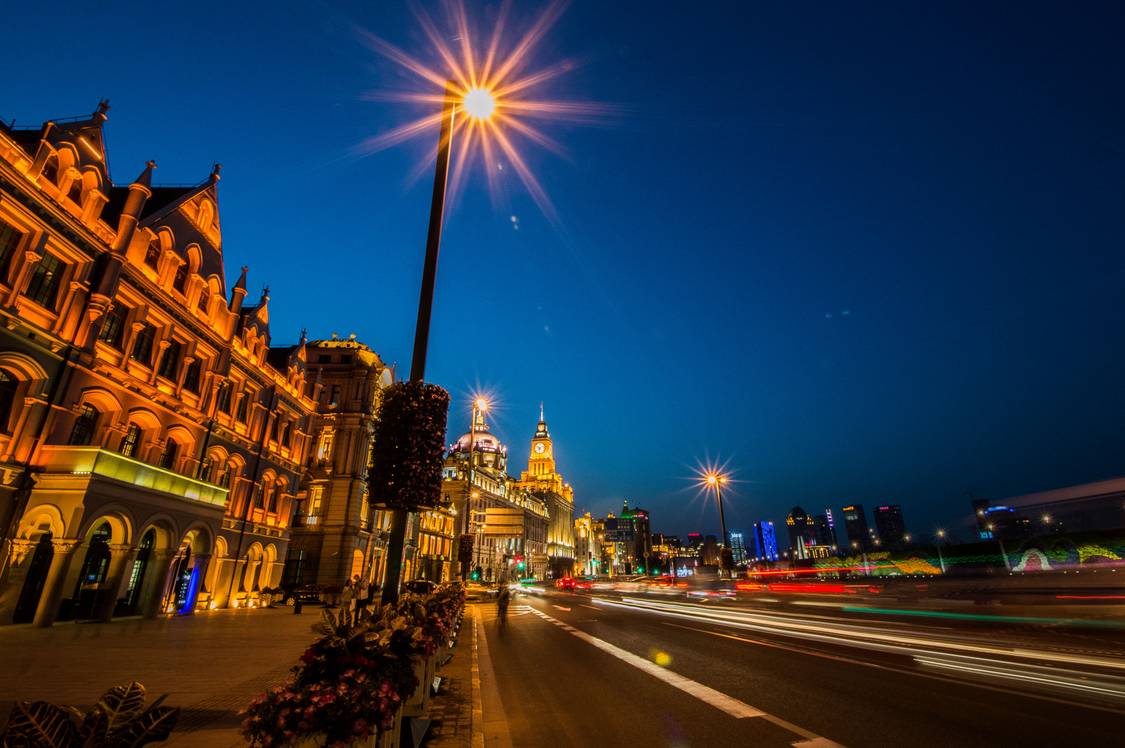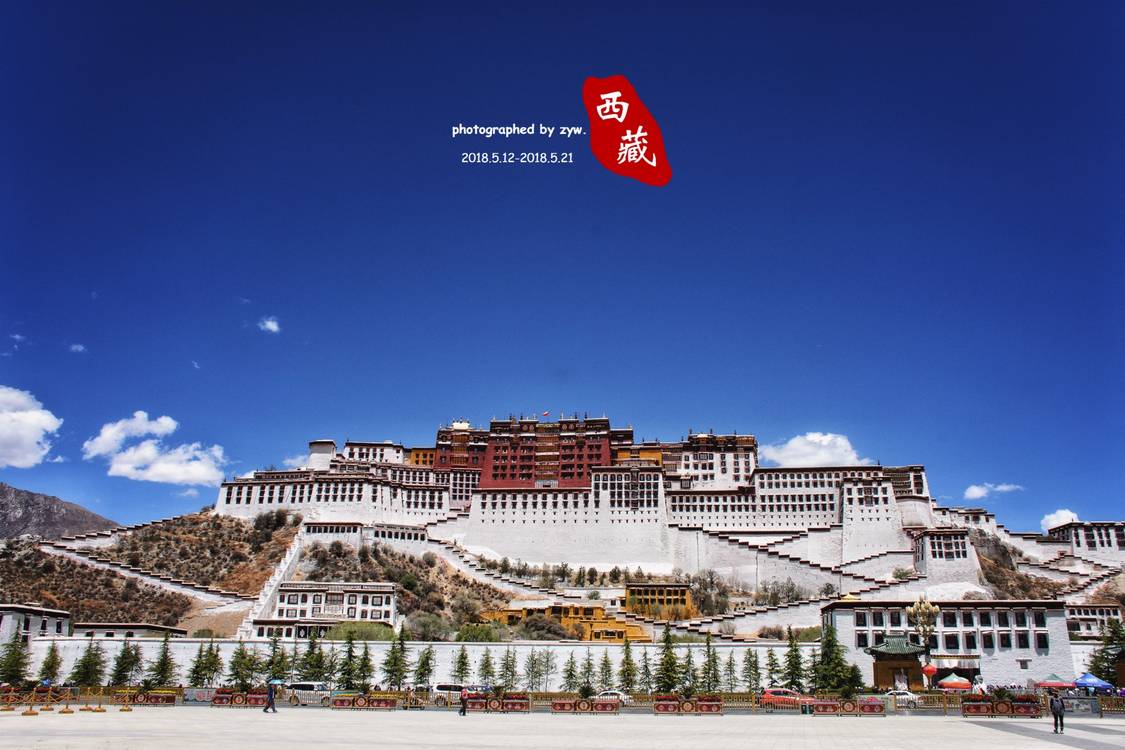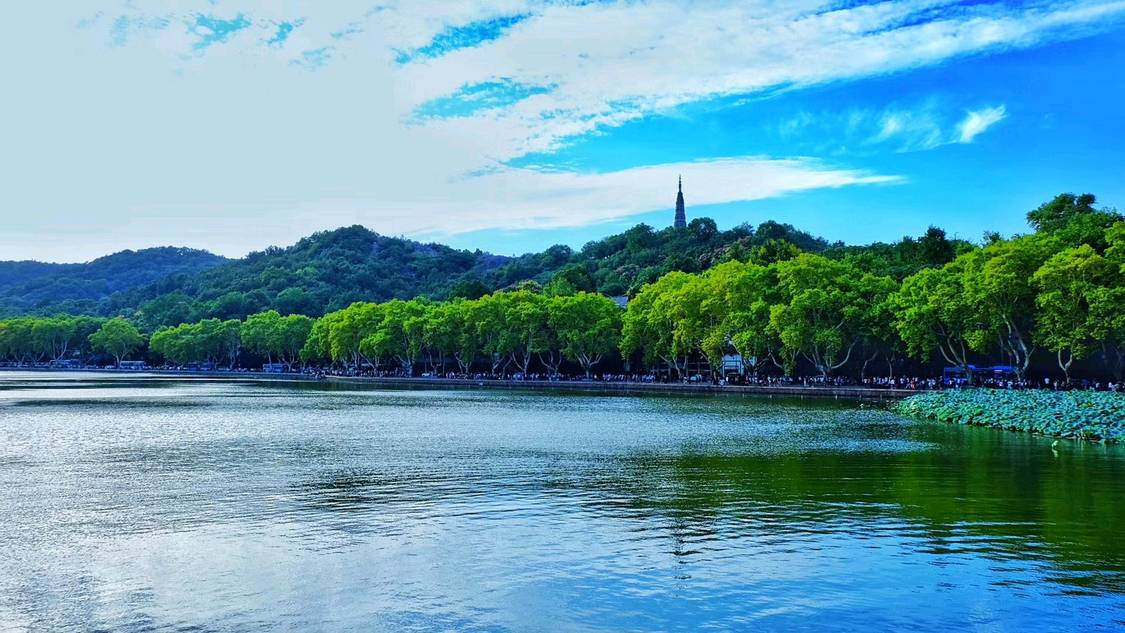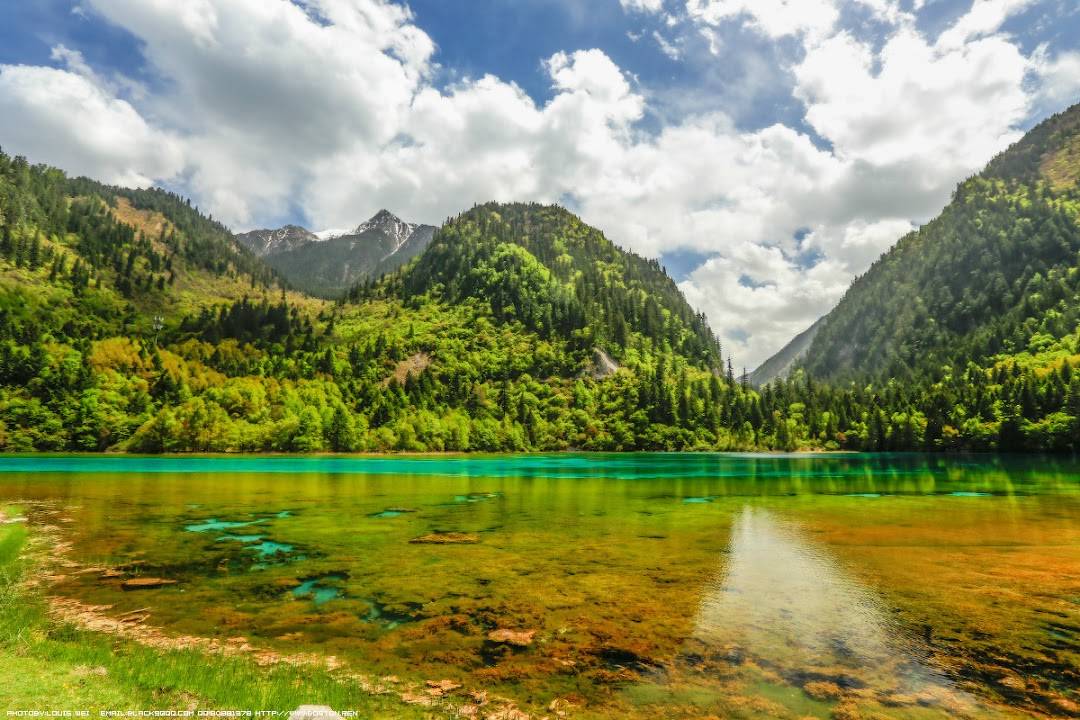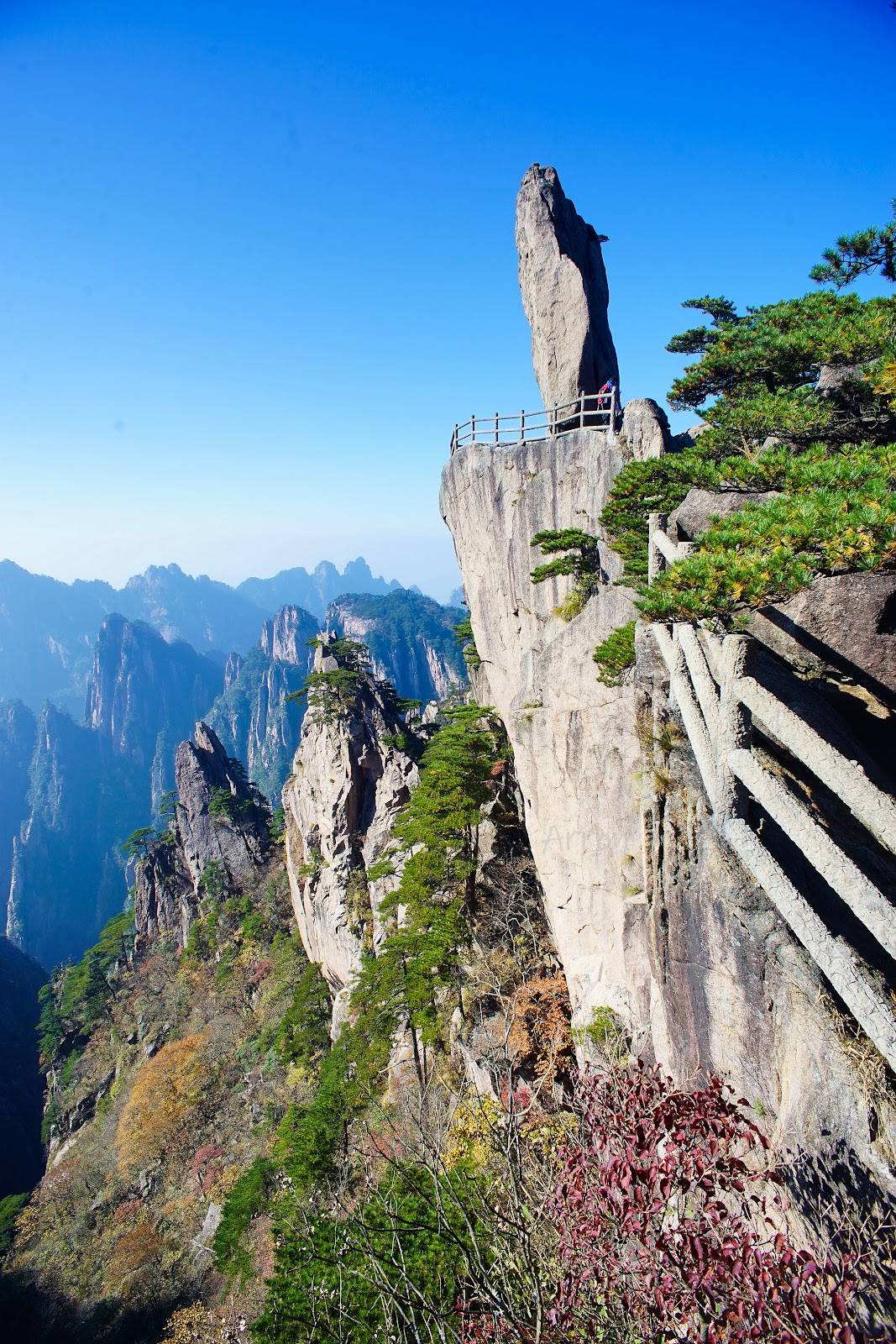This iconic structure is a UNESCO World Heritage site and stretches over 13,000 miles. Various sections of the wall, such as Badaling and Mutianyu, are easily accessible from Beijing.
As the former imperial palace of the Ming and Qing Dynasties, the Forbidden City is a sprawling complex of ancient buildings and is located in the heart of Beijing.
Discovered in 1974, this archaeological wonder features thousands of life-sized terracotta soldiers and horses, buried with China's first emperor, Qin Shi Huang.
Known for its stunning karst landscape, a cruise along the Li River offers breathtaking views of unique limestone formations and rural scenery.
Famous for its pillar-like formations, this park inspired the floating mountains in the movie 'Avatar.' It's a part of the larger Wulingyuan Scenic Area, a UNESCO World Heritage site.
This waterfront area showcases Shanghai's colonial architecture and offers spectacular views of the modern skyline across the Huangpu River.
A symbol of Tibetan Buddhism, the Potala Palace is perched on a hill in Lhasa and is an architectural marvel with its white and red palace structures.
Celebrated for its natural beauty and historic temples, West Lake has been a source of inspiration for poets and artists for centuries.
Known for its colorful lakes, waterfalls, and snow-capped peaks, Jiuzhaigou is a fairyland-like valley and a UNESCO World Heritage site.
Famous for its majestic peaks, hot springs, and ancient pine trees, Huangshan has been a subject of traditional Chinese paintings and literature.
